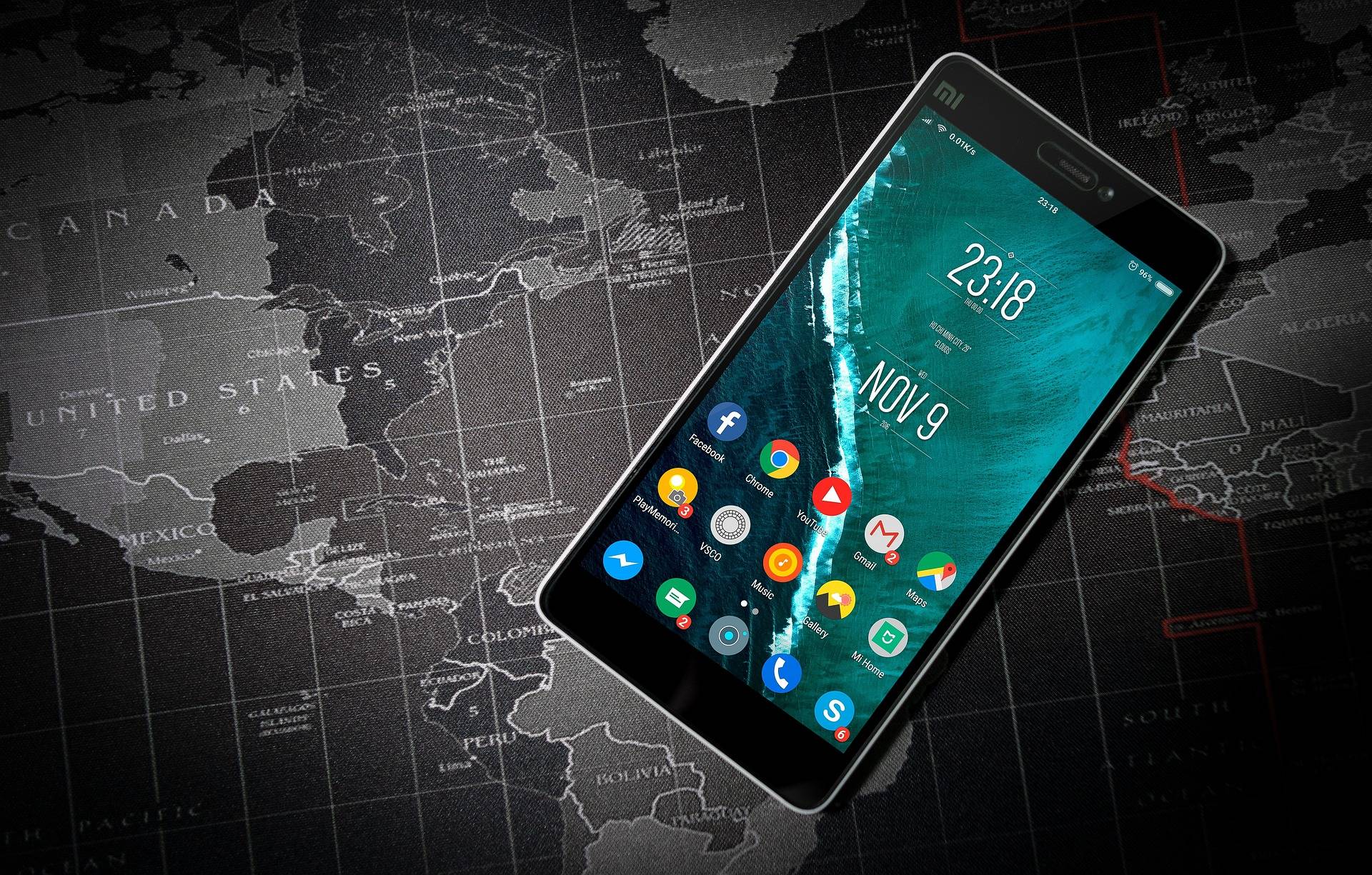Brief info
in early 2000 smartphones used to come in tft colored or black/white display. 2004 nokia made its first touch screen phone “nokia 7710” after 4 year in 2008 samsung made their first touch screen phone. Many smartphone brands come too late with touch screen display technology even though that technology was first used by ibm commercially!!
So in this article we are going to see all those display technology revolution.
Phone Display History:
-1992 IBM simon was the first ever phone in which a display was used.
-1998 IBM simon s10 which was the first phone which used RGB color.
-1999 TFT thin film transistor Lcd displays were started using
-then ips lcd started used by many brand life Nokia,samsung, apple
-2003 “OLED DISPLAY” were introduce and was used in many folding phones if you want to know more about folding phone you can read our folding war blog click here
-2004-2008 samsung nokia and other brands rolling out there touch screen phones
-2007 Apple launch their first smartphones with TFT lcd touchscreen
-2008 Nokia N85 was the first phone which comes with “Amoled Display”(240*320 pixel resolution)
-2011 SAMSUNG introduced the world’s first “HD 720p Resolution Display” smart phone
-2012 HTC introduced the world’s first “full HD 1080p Resolution Display” in HTC “droid dna”
-2013 VIVO introduced the world’s first “QHD 2k” resolution display in vivo xplay 3s.
-2013 Samsung made the first curved display smartphone called “samsung galaxy round”.
-2015 sony has launched the world’s first “4K resolution” resolution calleds sony xperia z5 premium.
-2017 Apple launched the first iPhone with Amoled display.
-2018 first folding display phone was launched.
-2018 first under display finger (hidden fingerprint scanner beside display) was launched by vivo x21
-2020 first under display camera(Hidden camera beside display) was launched by ZTE AXON 20 5G
This are brief history of smartphone display–
Display Technology Pro/cons:
-TFT LCD(thin film Transistor Technology):
Pros: gives good image quality with higher resolution compared to old lcd technology
Cons: viewing problem with side angles and difficult to see in direct sunlight.
-ips lcd (in-place switching):this display was highy used by apple in iphone 4 and above segment
Pro:broder viewing angles compared to tft lcd. Low power consumption compared to tft display
-OLED(Organic light emitting diode): in oled technology there were two organic materials used which produce light when electricity moves from anode to cathode the organic material produces the light.
Pros: OLED displays are amazing in color reproduction, amazing brightness with low power consumption.
-AMOLED(Active Matrix Organic light Emitting Diode):
Amoled is the same as an OLED. The difference is Amoled uses a thin layer of transistor over Oled technology.
Pros: Amoled can get higher refresh rate than oled display
-super amoled display: was developed by samsung, this display was same as Amoled the difference is its constructed with touch sensor.
Pros: more compact display ever
-in-display fingerprint:in display finger print was actually use biometric optical sensor which can be fitted beside Amoled display
– in display camera: in this technology two displays use one above camera which is a low density pixel display so if it’s turned off during access of camera, so camera can get access to light.
-folding display: folding displays are foldable oled displays which actually use a thin layer of plastic.
Conclusion:display technology are growing rapidly fast
As you can see from 2010 to 15 display resolution shift from 480p to 4K technology
But after more than 7 years there is no update on it.
But now companies focus on Higher refresh rates displays because of the online gaming craze.
Folding displays are currently leading technology. Many brands run launching their product on it, and don;t forget to let me know your thoughts below in comment section.
